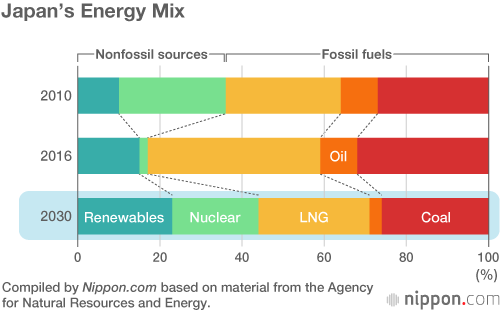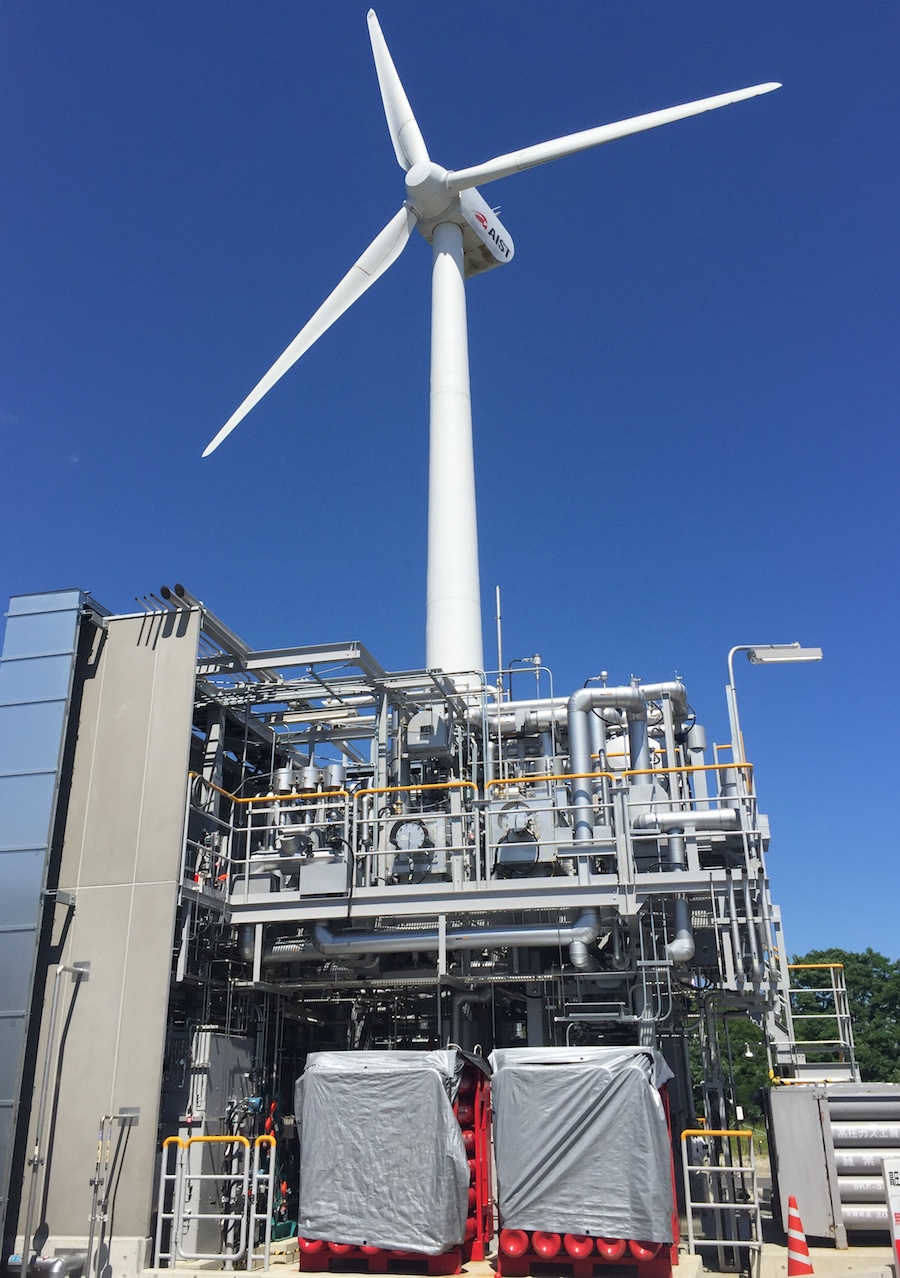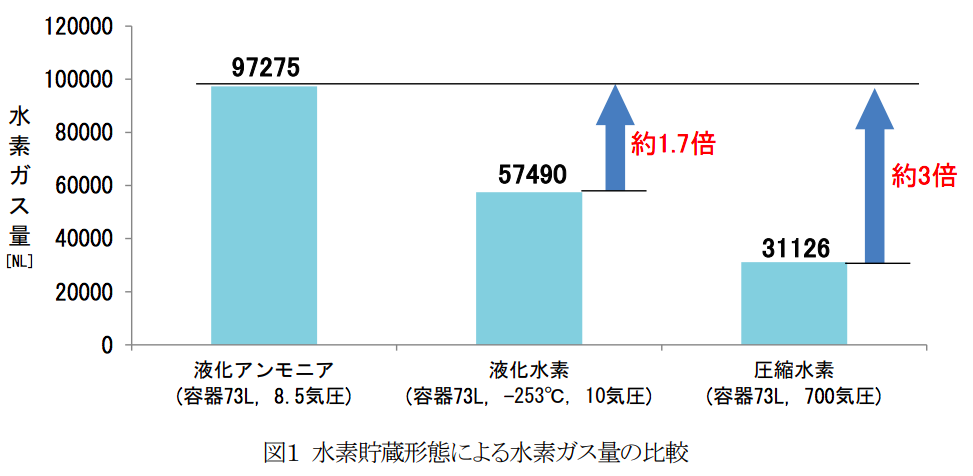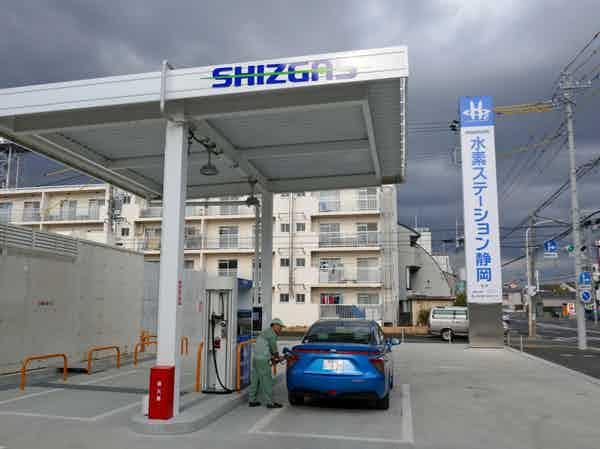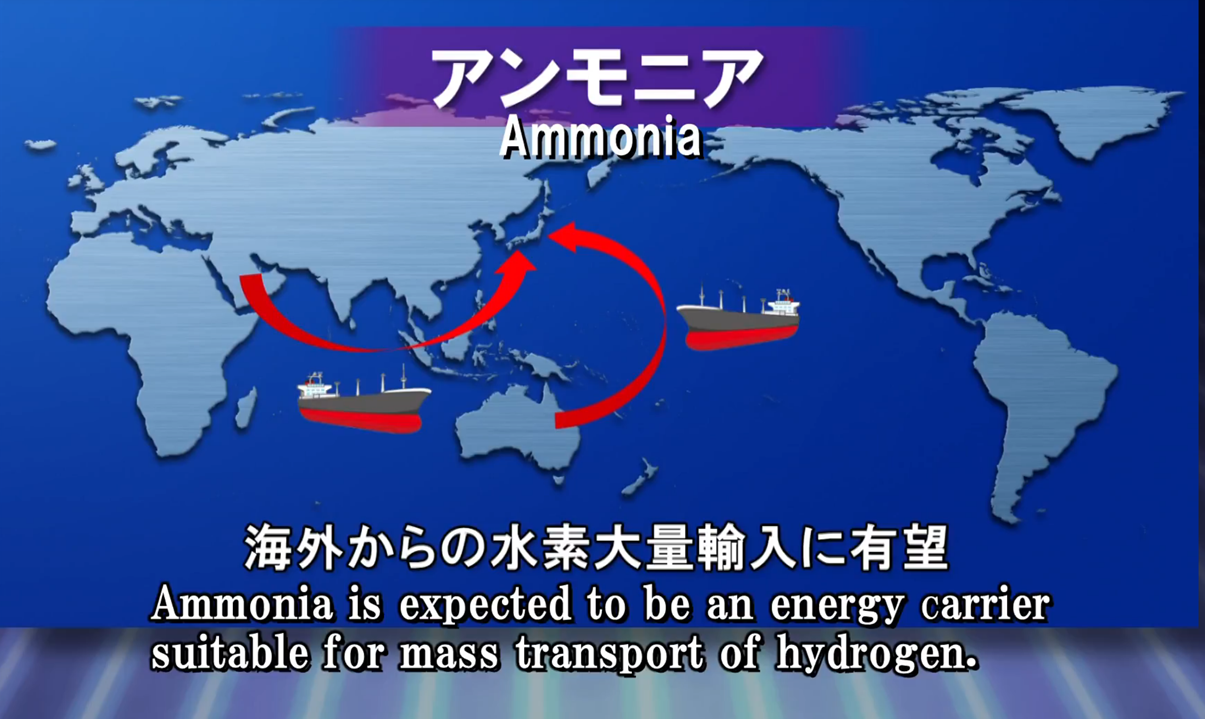On the Ground in Japan: 5th Basic Energy Plan, LH2 Investment
Japan, widely recognized as a global leader in the development and implementation of ammonia energy, is a fascinating case study for advocates seeking a template for progress. But, as Ammonia Energy has documented in numerous posts over the last two years, even in Japan the path is neither linear, smooth, nor preordained. Two recent developments, one in the public sector and one in the private, illustrate anew the complexity of the evolutionary track the country is negotiating as it strives to create a sustainable energy economy.
